The Yashica Electro 35 GS is a classic aperture priority rangefinder with a fast fixed lens, intuitive meter readouts, and the kind of tactile handling that invites you to slow down and notice more. This practical guide explains what it is, how to set it up today, what to check second‑hand, and how to build a simple hybrid workflow that fits modern creative life.

Why the Yashica Electro 35 GS still matters in 2025
The Electro 35 GS delivers a smooth, confident shooting experience thanks to electronic aperture priority exposure and a bright optical rangefinder. Its fixed Yashinon‑DX 45mm f/1.7 is fast, characterful, and highly usable for everyday scenes, portraits, and night streets. Creators who want authentic film texture and a quieter approach to image making will feel right at home.
Because it’s widely available second‑hand, the Electro 35 GS remains a budget‑friendly entry into rangefinders without feeling fragile. Choosing a durable, already‑made camera is also a sustainable decision—extending the life of a well‑built tool instead of buying new. If you’re browsing options, you can Explore analog cameras or head straight to our curated selection and Shop rangefinder cameras.
What makes the Electro 35 GS tick: lens, exposure, build
Lens: Yashinon‑DX 45mm f/1.7
This fixed lens is a big part of the Electro’s charm. Wide open, it draws with gentle falloff and a slightly vintage character that flatters portraits and night scenes. Stopped down, it’s sharp and crisp for street or travel. The 45mm field of view sits in a natural spot—wide enough for context, tight enough for subject isolation.

Exposure and meter feedback
The GS is an aperture priority film camera with stepless electronic shutter speeds from 1/500s down to long exposures (around half a minute). In the viewfinder, simple Over/Slow indicators warn you when you’ve set an aperture that will overexpose or risk blur, helping you react quickly without pulling your eye from the scene.
Rangefinder focusing
The coupled rangefinder offers a clear, bright focusing patch. Align the double image for critical focus, or use zone focus and depth of field for faster work. The framelines and patch remain visible in varied light, which makes the Electro 35 GS a reliable street companion.
Build quality details
A solid metal body with a clean silver finish gives the GS both durability and elegance. Inside, gold‑plated contacts were engineered to improve electronic reliability. The overall feel—advance, shutter press, rewind—is quiet, precise, and reassuring.
Film, batteries, and a simple modern workflow
Power: modern battery choices
The camera was designed for PX32 mercury cells. Today, the straightforward solution is a 4LR44 alkaline with a sleeve, or an MR‑9 adapter that helps emulate the original voltage behavior. Either option makes the Electro 35 GS meter usable. If you’re assembling an Electro 35 GS battery adapter kit, you’ll find helpful options under Photography accessories for film shooters.
If the battery dies, the GS can still fire at Bulb and a mechanical 1/500s. Use Sunny 16 and bracket; it’s a workable backup until you replace your power source.
Film picks that flatter the GS
- Color: Kodak Portra 400 for balanced, forgiving tones; Kodak Gold for a warm, nostalgic palette.
- Black & white: Ilford HP5 or Kodak Tri‑X for classic grain and contrast that pairs beautifully with the f/1.7 lens.
- Night: CineStill 800T to lean into neon color and halation; the fast aperture keeps shutter speeds practical.
Carry and digitize, simply
Keep the kit minimal: a lightweight strap and a small pouch for two or three rolls. For a hybrid workflow, scan negatives with a mirrorless or DSLR macro rig: a light source, a film holder, and a 1:1 macro lens. Capture RAW, invert in software, and color‑grade. You get fast turnaround while preserving the unmistakable character of film.
Second‑hand buying guide: prices, tests, common faults
What to expect and what to test
Condition varies with any vintage rangefinder. Clean, working examples command more; freshly serviced bodies cost a premium. Before you commit, look for a healthy shutter cycle, responsive meter lights, a bright rangefinder patch, and clear optics. A known issue nicknamed the “Pad of Death” can affect shutter operation; make sure the camera advances, meters, and fires consistently.

- Advance lever and fire the shutter; listen for a smooth cycle.
- Select different apertures and check Over/Slow warning lights in the viewfinder.
- Focus on a distant object to verify rangefinder alignment at infinity.
- Inspect the lens for haze, fungus, and scratches.
- Open battery compartment to check for corrosion; confirm a modern battery solution is included or budgeted.
- Confirm autoexposure responds to light changes (point at bright/dim scenes).
If you prefer something already vetted, you can Shop rangefinder cameras where we list clear condition notes to simplify your decision.
Creative setups with the 45mm f/1.7
Street, night, and portraits
- Street: Load HP5 or Tri‑X. Set around f/8, pre‑focus at a few meters, and use zone focus for quick, quiet captures.
- Night: CineStill 800T plus f/1.7 turns neon into cinematic glow. Watch highlights and embrace halation.
- Portraits: Shoot wide open for gentle separation and flattering rendering; step to f/2.8–f/4 if you want a touch more detail.
For a rapid hybrid flow, photograph your negatives with a camera and macro lens, invert, and grade. You’ll publish fast while keeping film’s depth and grain intact.
On a quiet walk after rain, I loaded CineStill 800T and trusted the Electro at f/1.7. Traffic lights bled into puddles, a diner sign hummed warm red, and the rangefinder patch snapped focus on a passing umbrella. The frames came back with that midnight glow—the kind that makes the city feel like a movie set.
Care and longevity tips
- Remove batteries for storage to prevent leakage and corrosion.
- Keep a lens cap on when not shooting; store the camera dry to avoid haze or fungus.
- Exercise the shutter and focus regularly to keep mechanisms limber.
- If exposure is inconsistent or the shutter misbehaves, budget for a professional CLA.
- Use a comfortable strap and a small pouch to minimize knocks and abrasion.
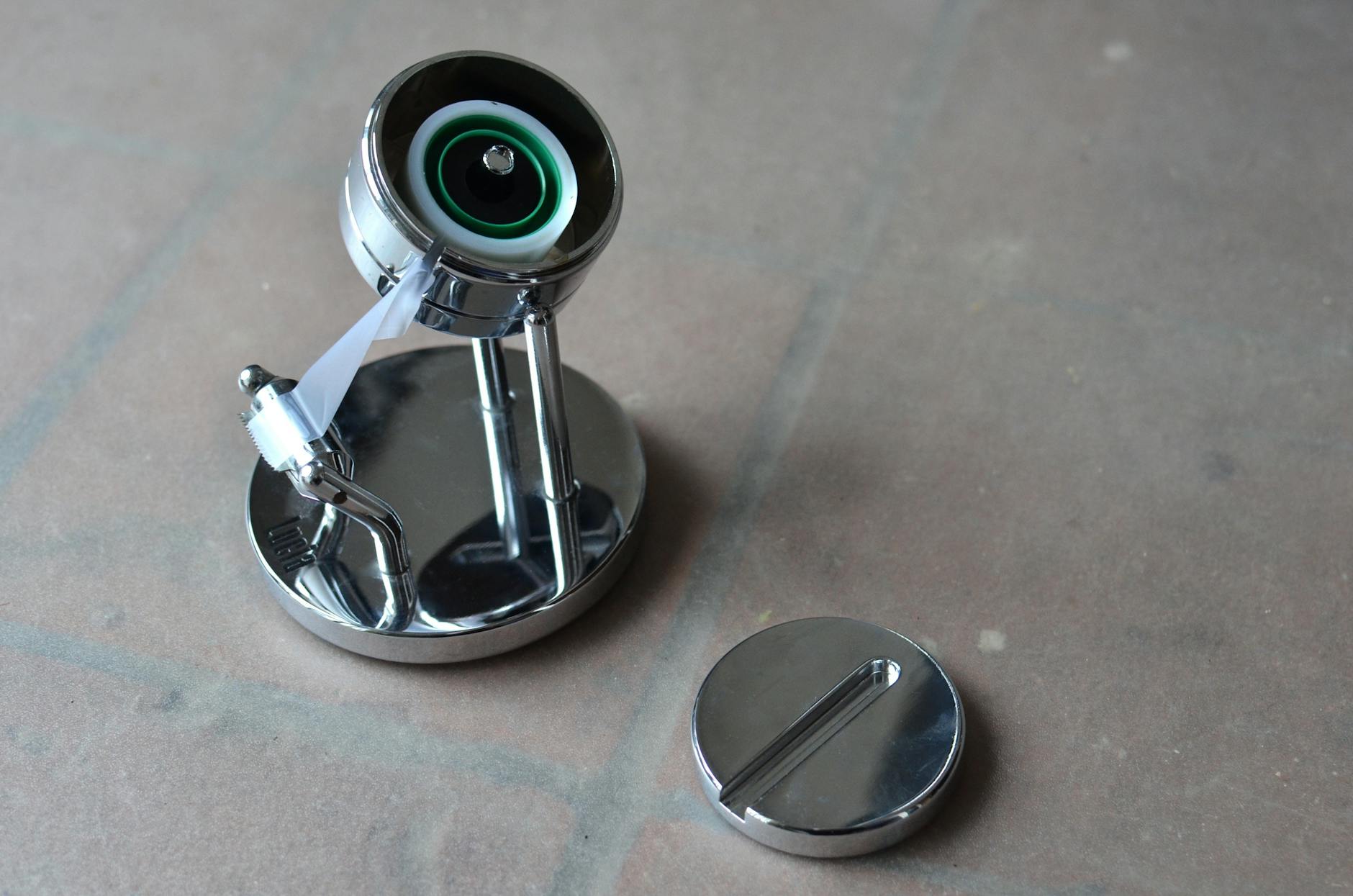
Is the Yashica Electro 35 GS right for you?
If you enjoy a slower, tactile process, the Yashica Electro 35 GS rewards attention and presence. It’s a capable, dependable rangefinder that keeps costs reasonable while delivering a distinctive look—especially with the Yashinon‑DX 45mm f/1.7. With a simple 4LR44 or MR‑9 adapter, a few rolls of film, and a basic scanning setup, you’ll be ready to create with confidence.
Next steps:
- Find a tested Yashica Electro 35 GS in our rangefinder collection
- Pick up film and a battery adapter to get shooting this weekend
- Build a simple hybrid workflow with our accessories and scanning gear
FAQs
What battery should I use in the Yashica Electro 35 GS today?
The original PX32 mercury cell is discontinued. Use a 4LR44 alkaline with an adapter sleeve or an MR‑9 adapter for proper fit and voltage behavior.
Can the Electro 35 GS shoot without a working battery?
Yes, with limits. It will operate at Bulb and a fixed 1/500s without metering. Use Sunny 16 and bracket; full autoexposure returns when you install a battery.
What is the “Pad of Death” on the Electro 35 GS?
It’s a degraded internal bumper that can disrupt the shutter sequence. Symptoms include inconsistent or non‑firing shutter. Always test advance, meter lights, and firing before buying.
How much should I pay for a Yashica Electro 35 GS?
Expect higher prices for clean, working bodies and a premium for professionally serviced examples. Cosmetic but non‑working cameras usually cost less; factor in service if needed.




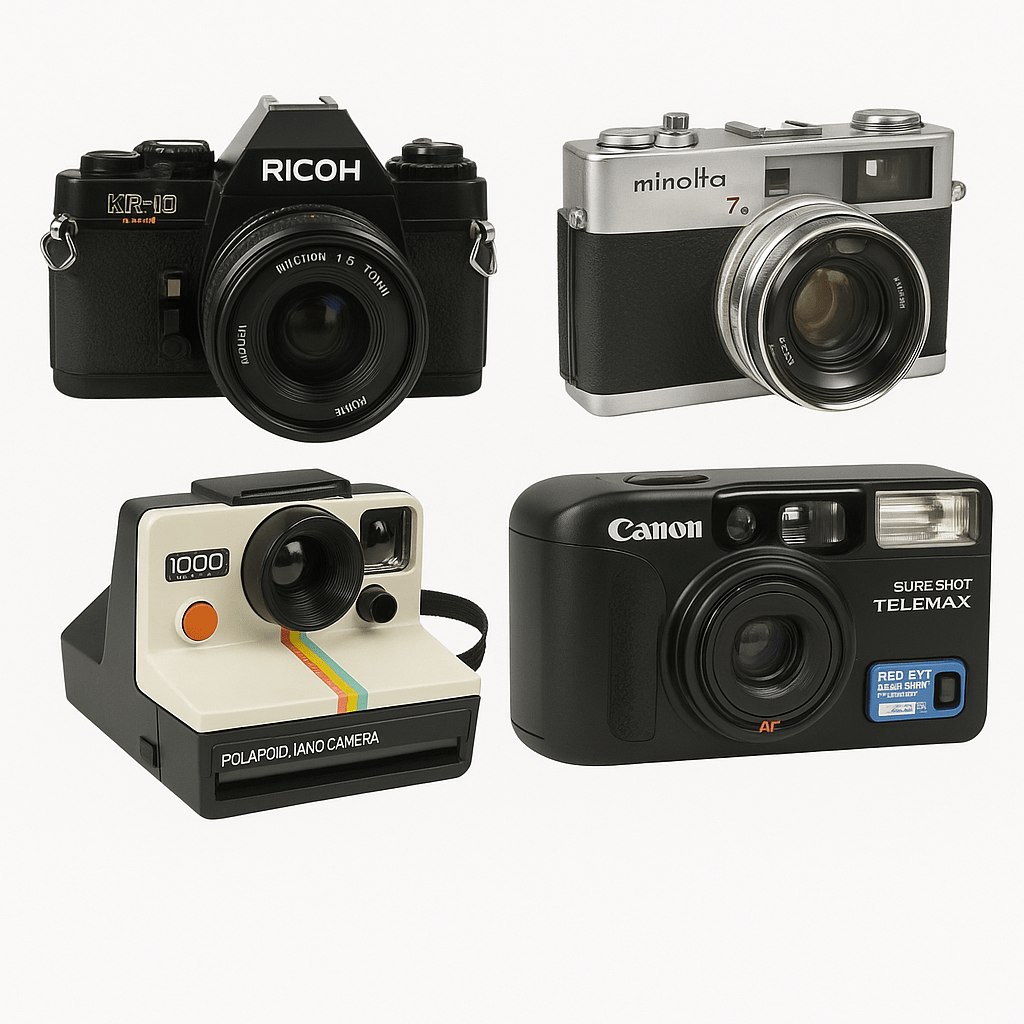
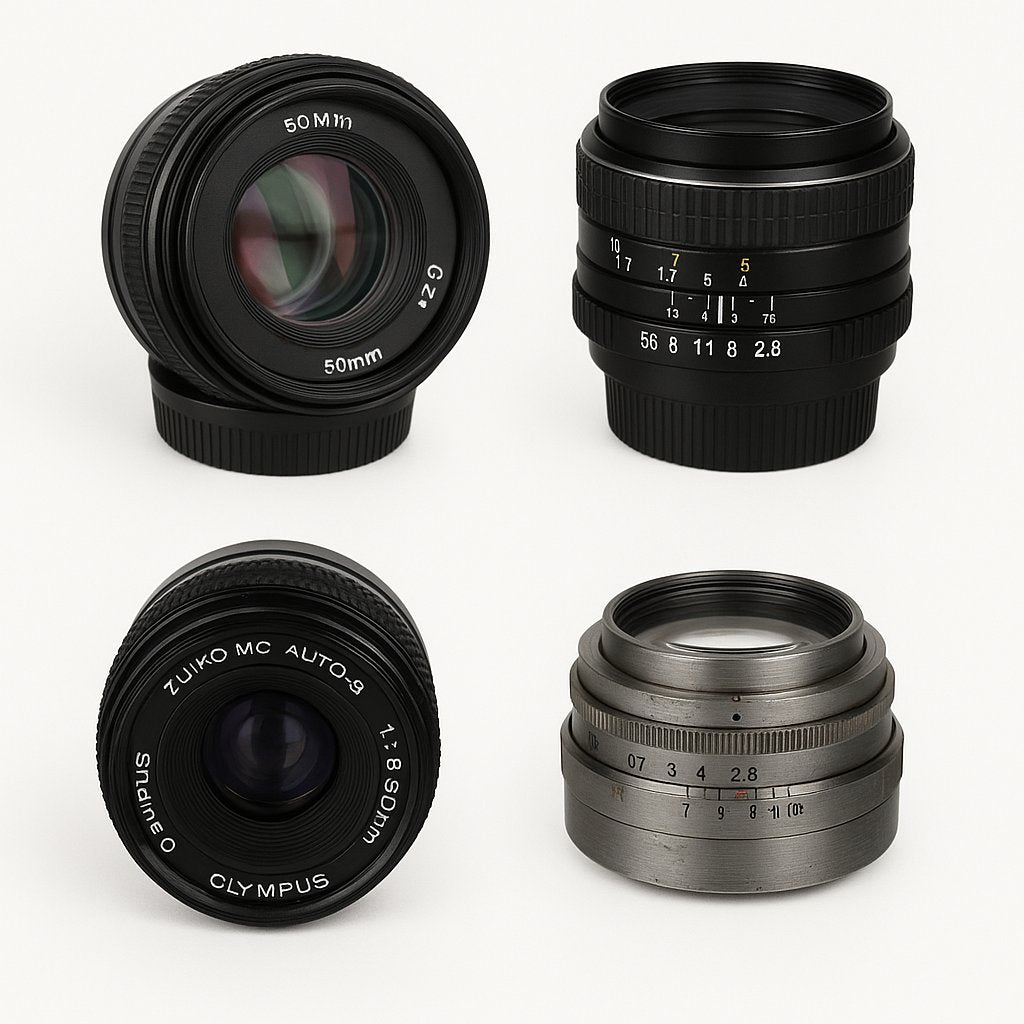
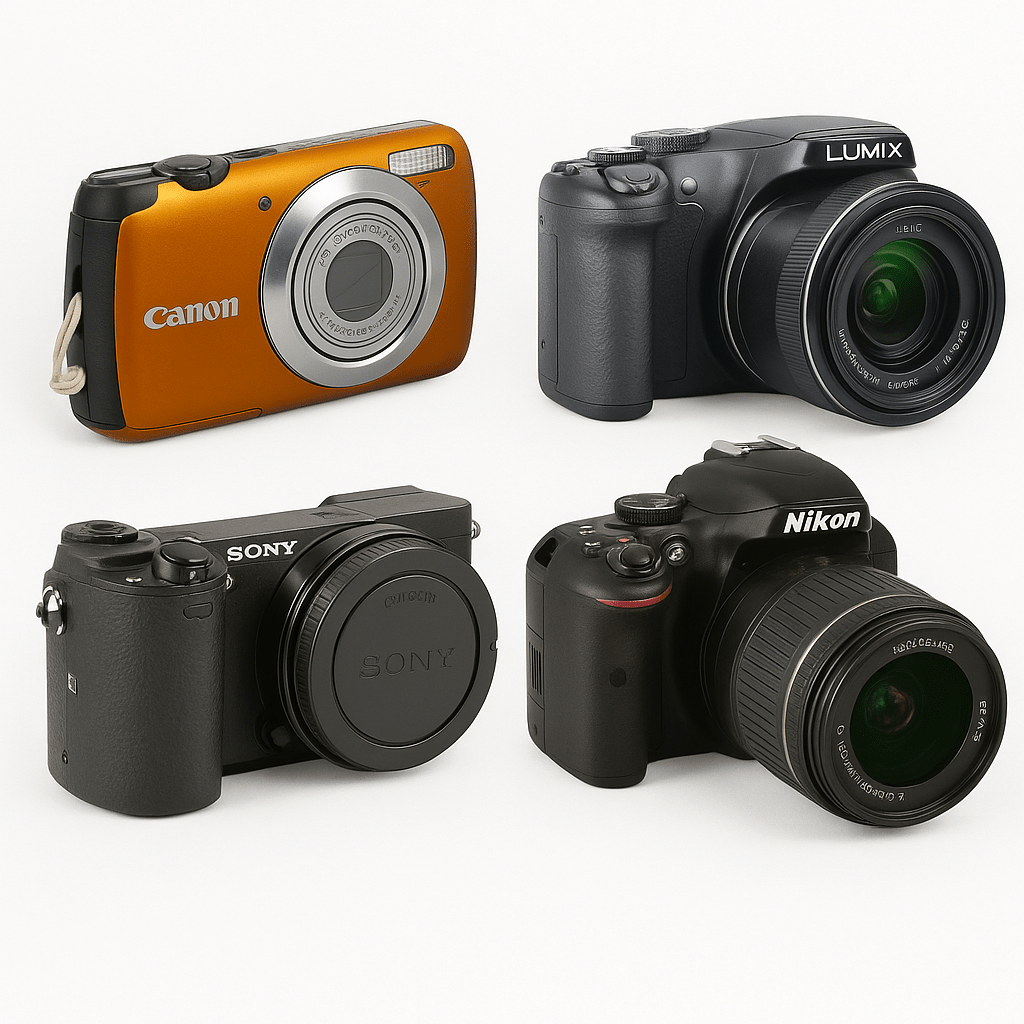
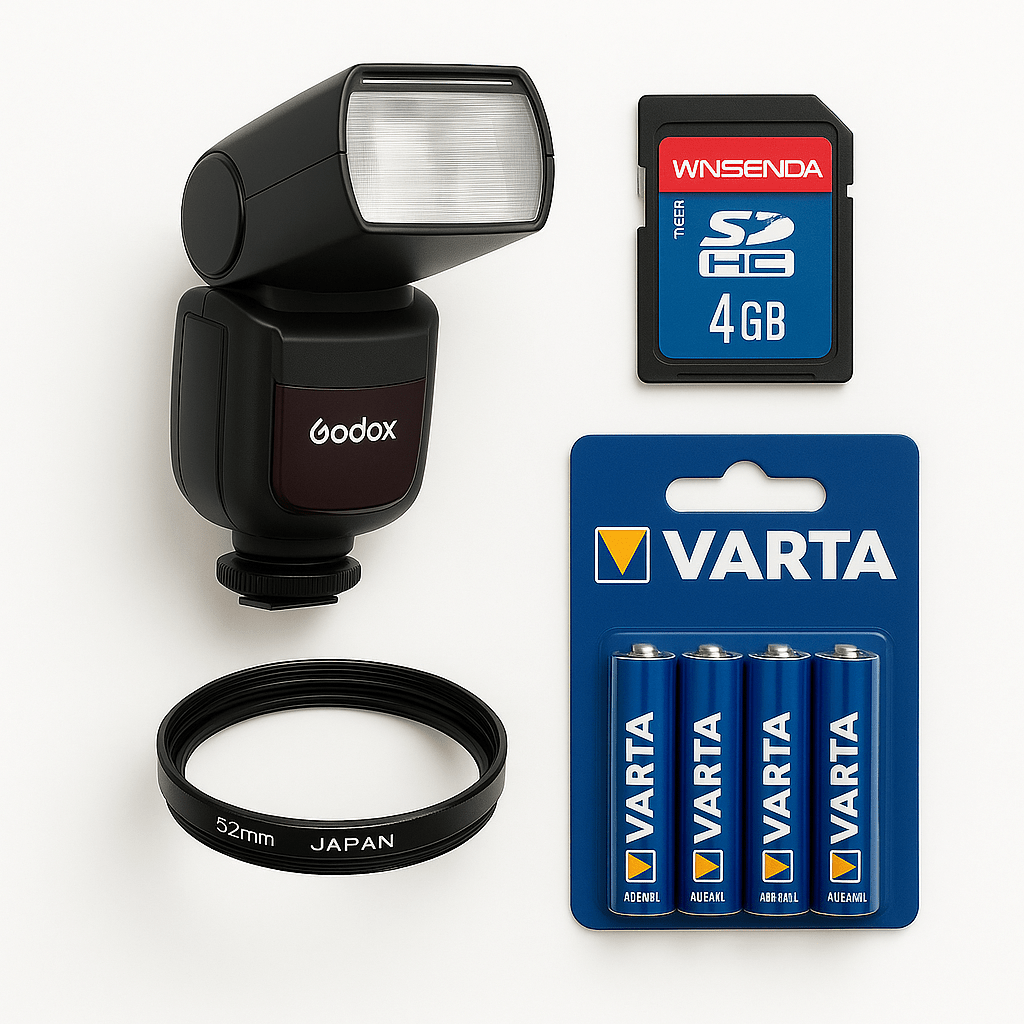
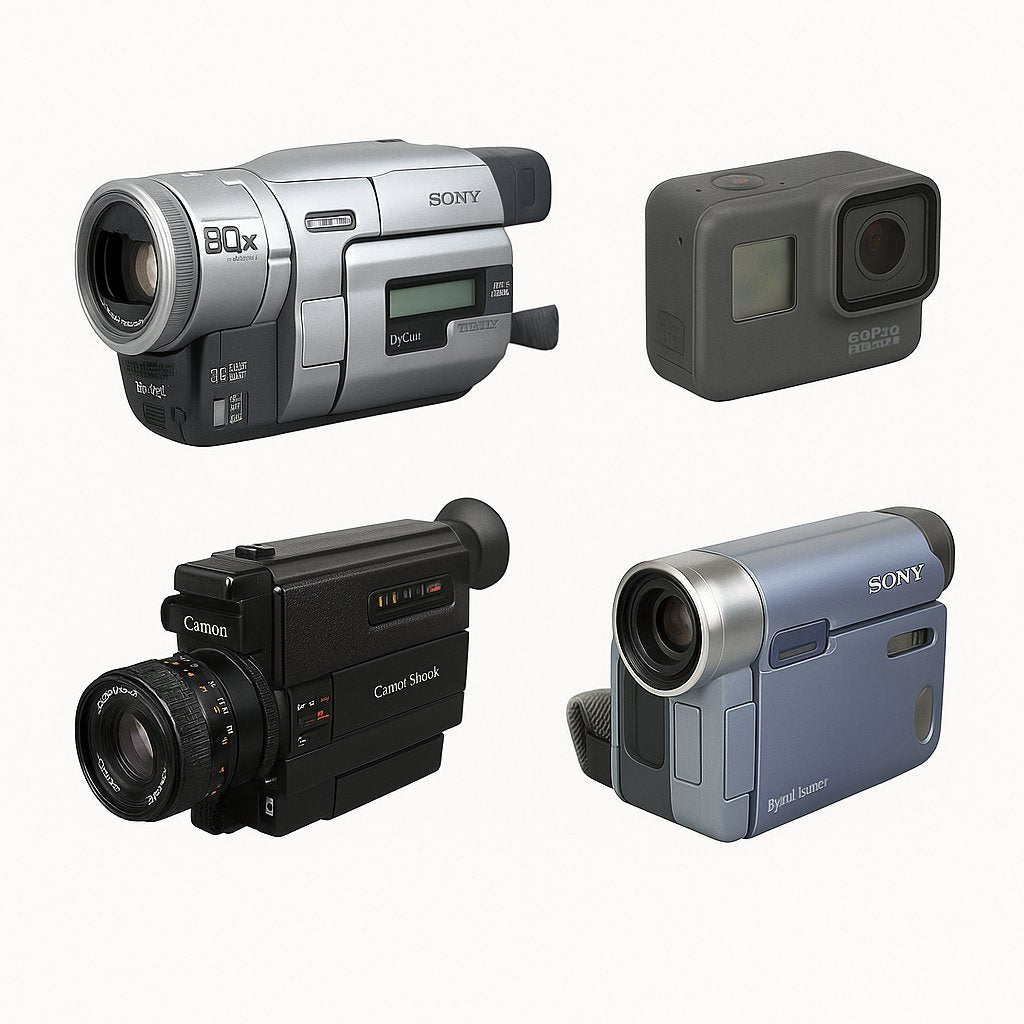

0 comments